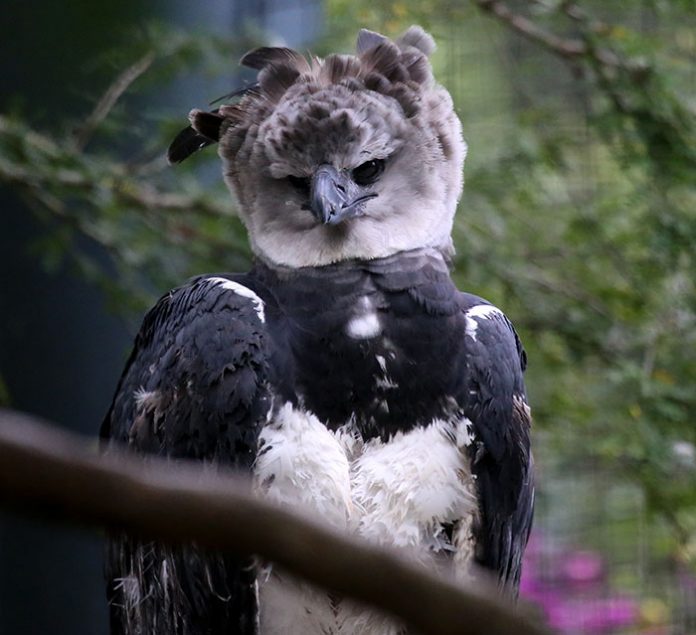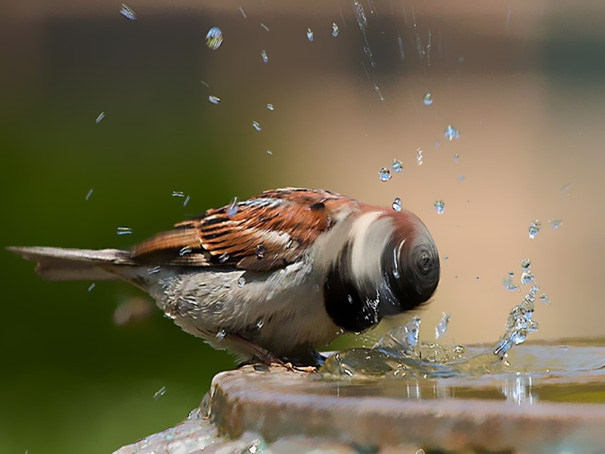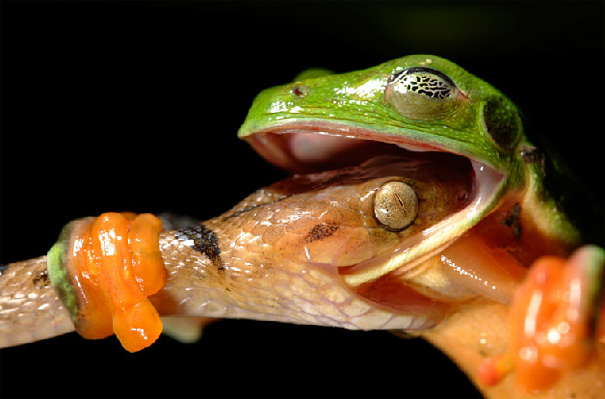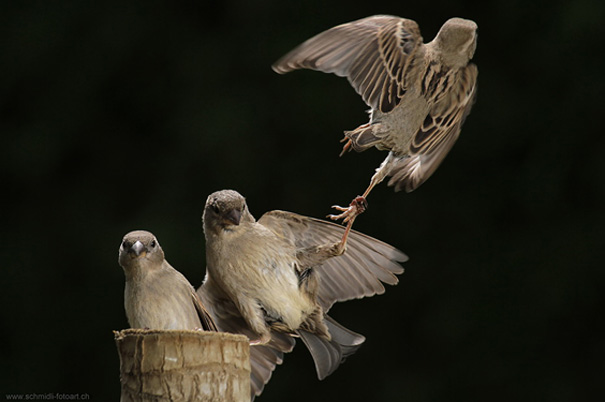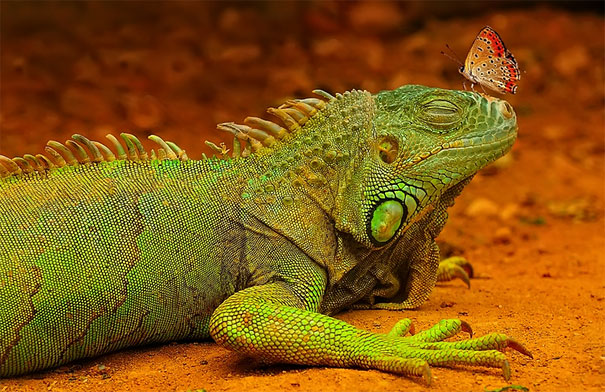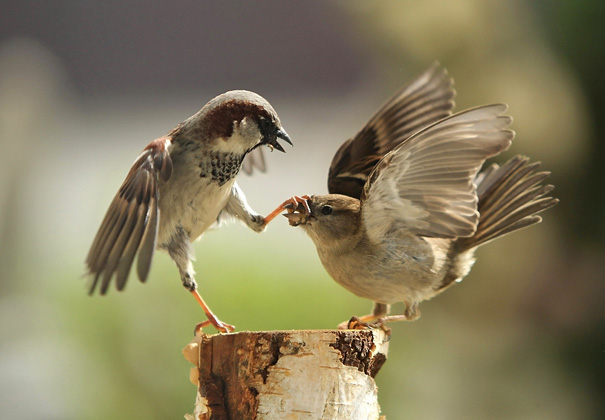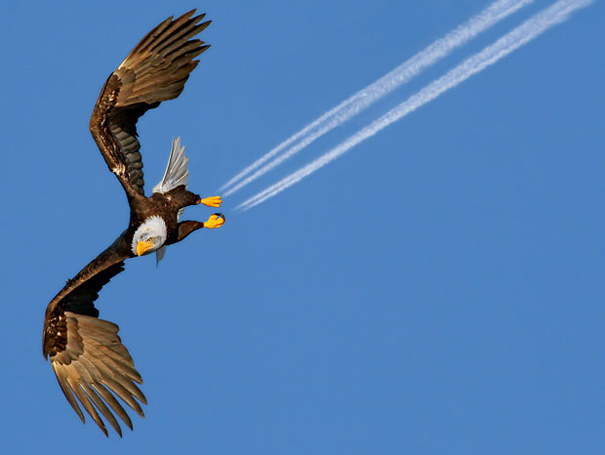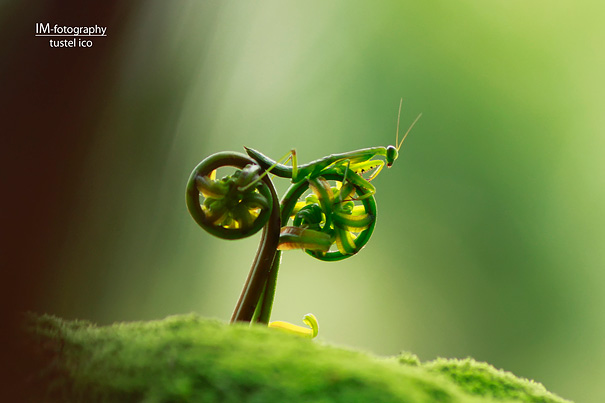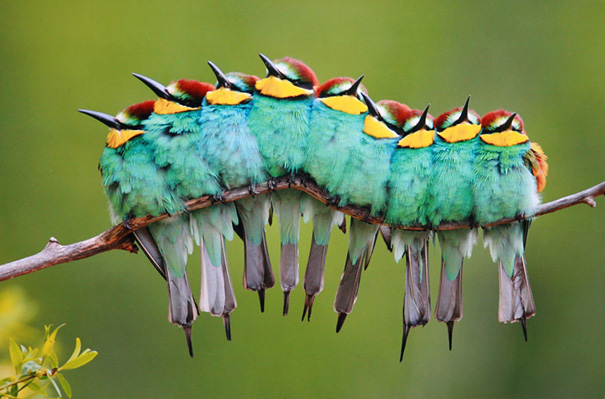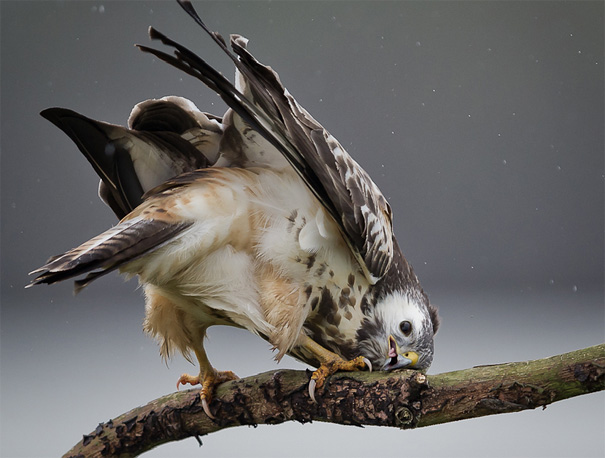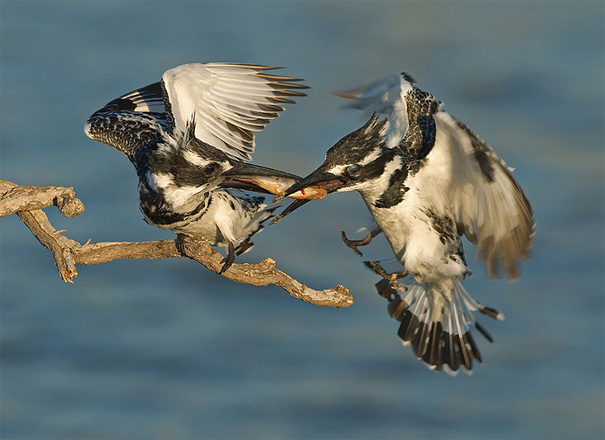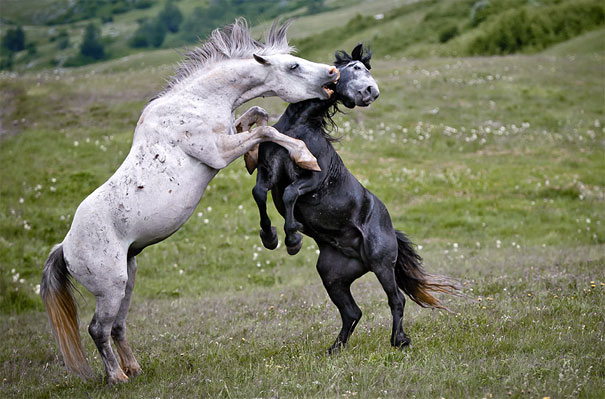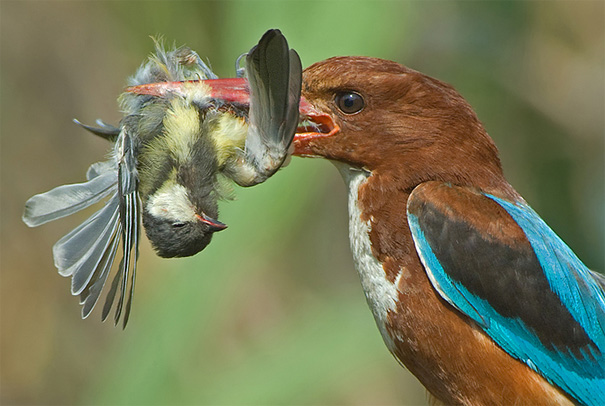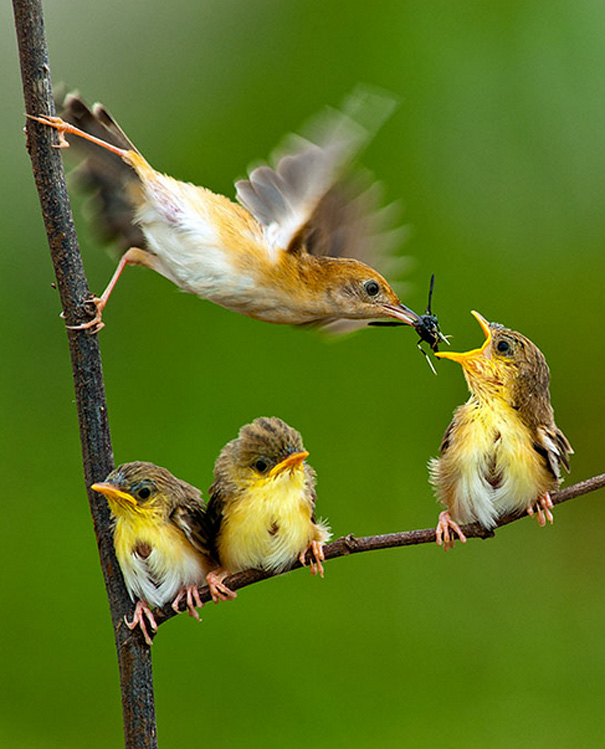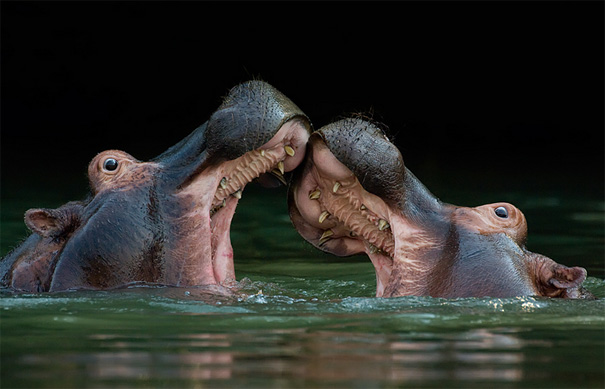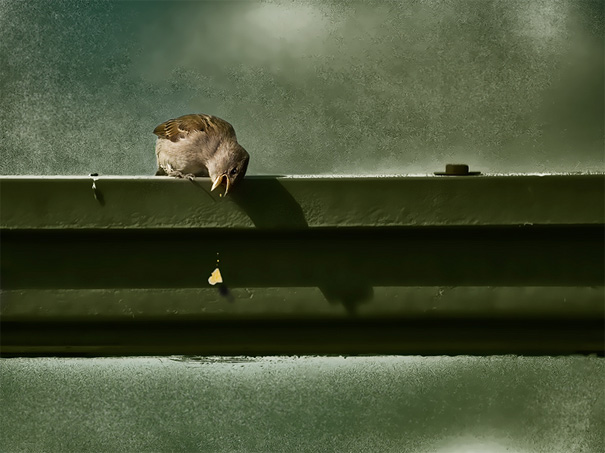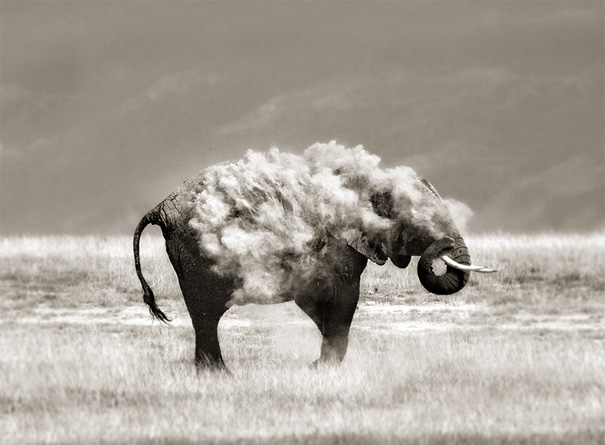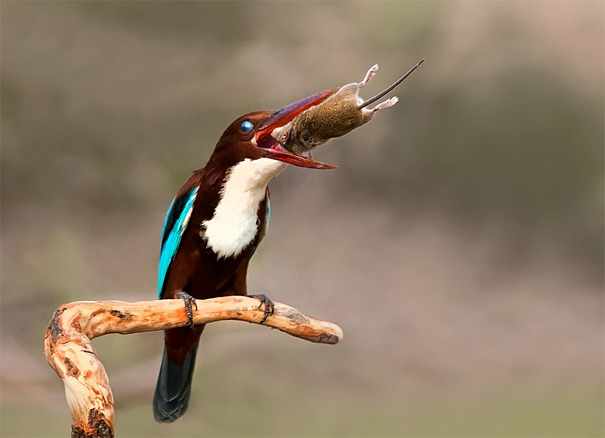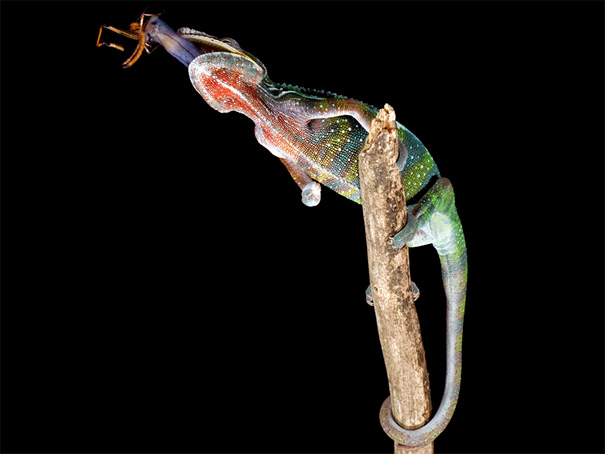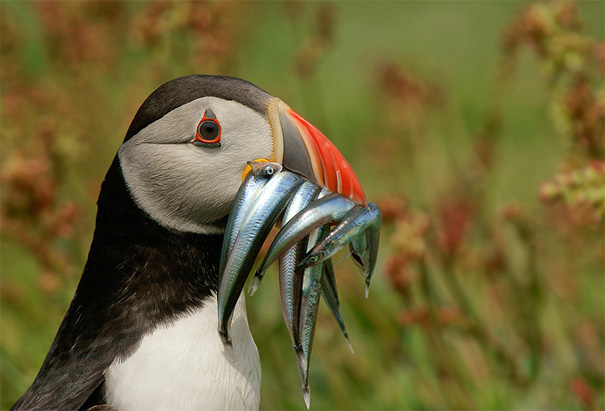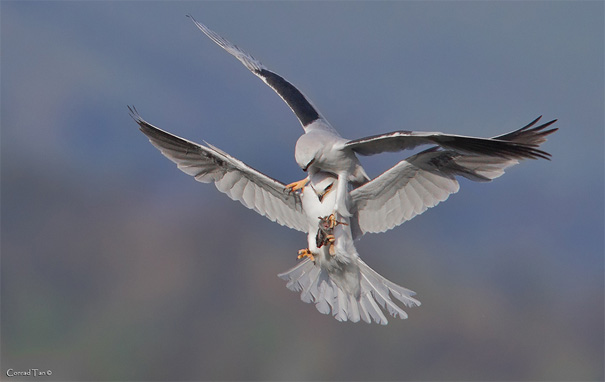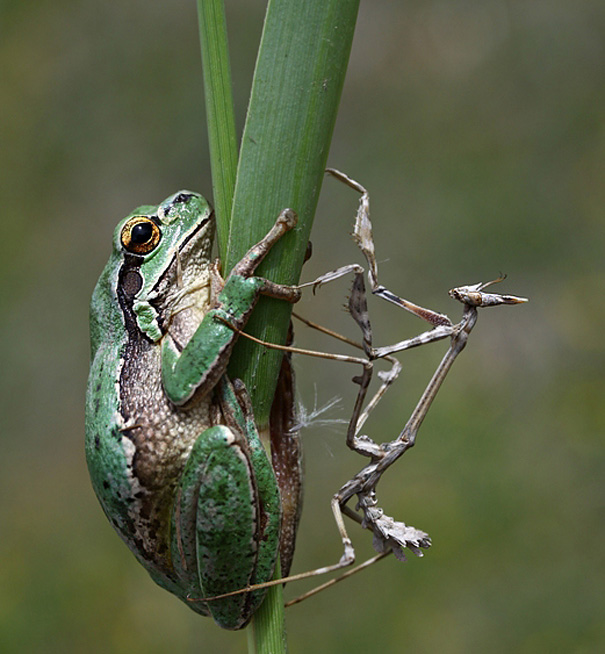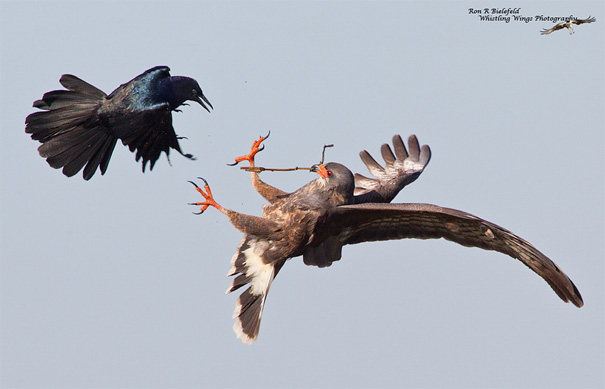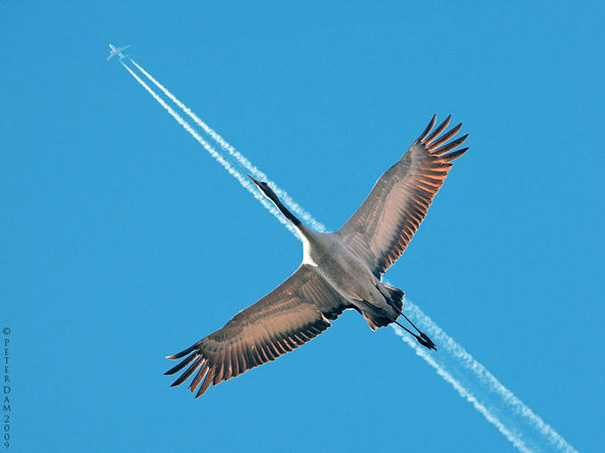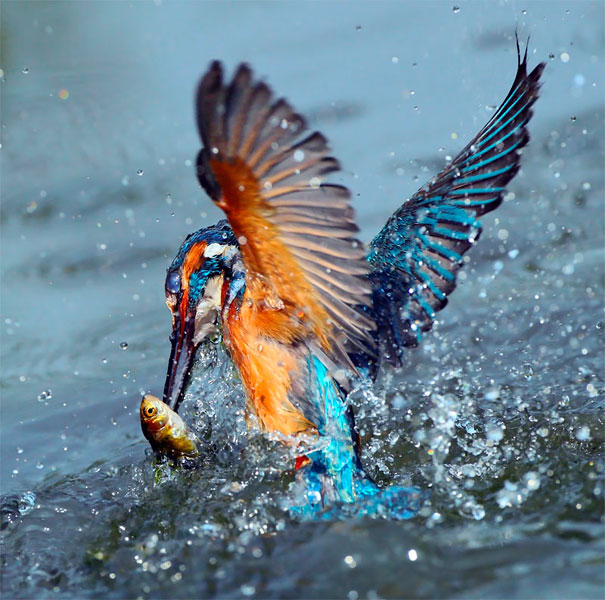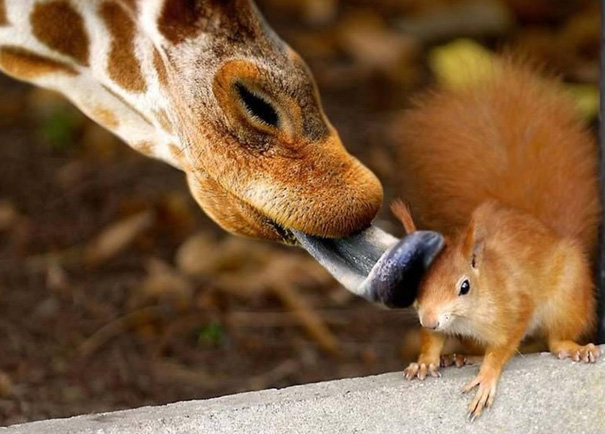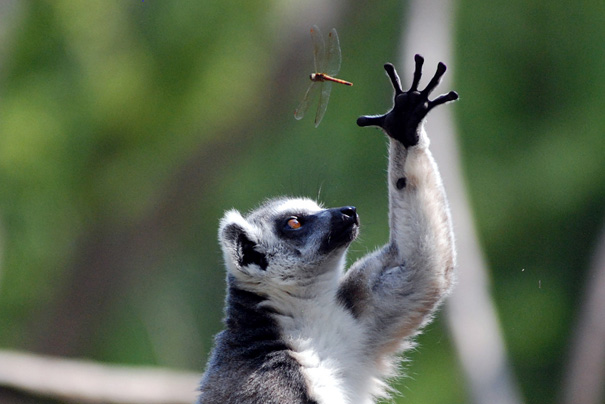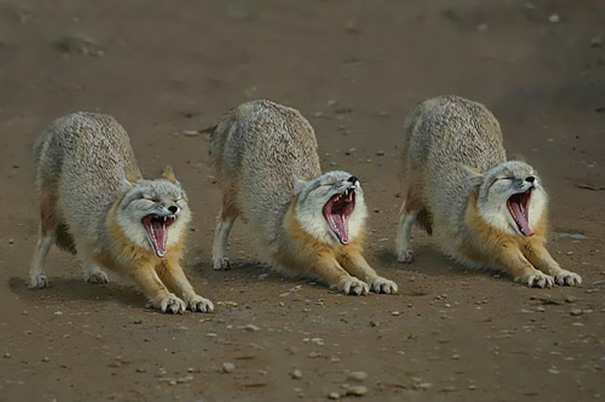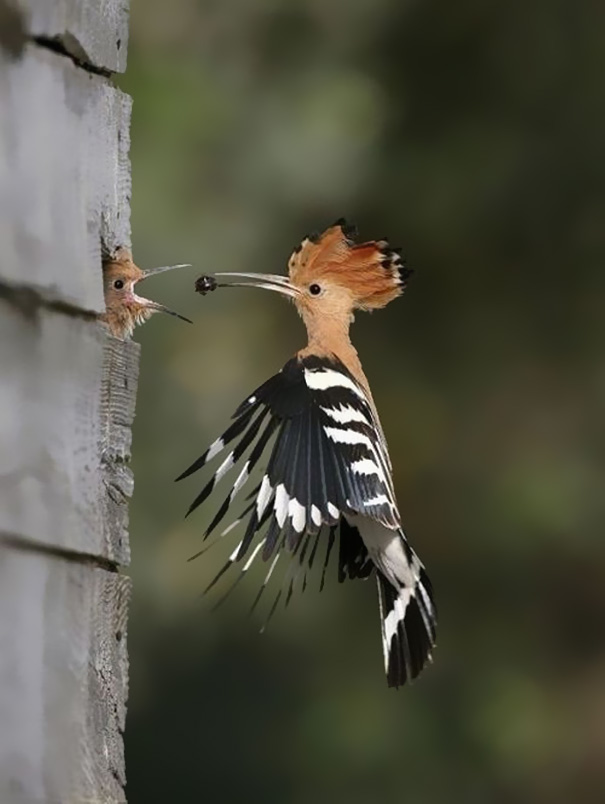Nature’s Arms Race: When the Scorpion Meets the Bombardier Beetle
In the brutal, microscopic world that thrives just beneath our feet, a constant war is waged. It’s a battle for survival where evolution is the ultimate arms dealer, forging creatures with astonishing weapons and impenetrable defenses. Among these ground-level gladiators, two champions stand out, each a master of a unique form of combat: the Scorpion, an ancient armored assassin, and the Bombardier Beetle, a walking chemical cannon.
When these two titans of the undergrowth cross paths, the result is a spectacular clash of strategy and raw power. But who would emerge victorious in this insect war?
Contender 1: The Alchemist of the Undergrowth – The Bombardier Beetle
At first glance, the Bombardier Beetle seems unassuming. It’s a small, dark insect, often found scurrying through leaf litter. It lacks menacing claws or a fearsome sting. But to underestimate this creature is a fatal mistake. The beetle is a master of chemical warfare, possessing one of the most explosive defense mechanisms in the entire animal kingdom.
The Weapon: Tucked away in its abdomen, the beetle has a sophisticated reaction chamber. It stores two separate chemicals: hydroquinone and hydrogen peroxide. When threatened, it pumps these chemicals into a hardened chamber where catalytic enzymes are introduced. The result is a violent, instantaneous exothermic reaction.
With an audible pop, the beetle unleashes a near-boiling (100°C / 212°F) jet of caustic fluid and hot gas. It can aim this blistering spray with surgical precision using the flexible tip of its abdomen, firing multiple rapid-fire pulses to deter any predator foolish enough to attack. This isn’t just a deterrent; it’s a weapon of shock, awe, and searing pain.
Strategy: The Bombardier Beetle’s strategy is pure defense. It relies on its attacker making the first move. Its goal is not to kill, but to survive by making itself the most unpleasant meal imaginable.
Contender 2: The Ancient Assassin – The Scorpion
The Scorpion is an icon of the predator world. Its design has been honed over 400 million years, resulting in a near-perfect killing machine. Clad in a tough, chitinous exoskeleton, it is the insect equivalent of a main battle tank.
The Weapons: The Scorpion boasts a dual-threat arsenal.
- The Pincers (Pedipalps): These powerful claws are its first line of offense. They are used to seize and crush smaller prey or to pin down larger, more formidable opponents. Their grip is relentless, designed to immobilize a victim for the final blow.
- The Stinger (Telson): Located at the tip of its segmented, muscular tail, the stinger is its most famous weapon. It delivers a potent dose of neurotoxic venom, designed to paralyze or kill. The venom’s potency varies by species, ranging from a bee-sting level of pain to a cocktail lethal enough to kill a human.
Strategy: The Scorpion is an ambush predator. It lies in wait, using fine sensory hairs on its legs and body to detect the vibrations of approaching prey. Once a target is in range, it strikes with blinding speed, grabbing with its pincers and, if necessary, arching its tail over its back to deliver a precise, venomous sting.
The Showdown: A Hypothetical Encounter
Imagine a dry, moonlit night. A large desert scorpion glides silently over the sand, its senses on high alert. It detects the faint scurrying of a Bombardier Beetle foraging nearby. To the scorpion, the beetle looks like an easy, crunchy meal.
The scorpion lunges, its pincers snapping forward with incredible speed. It successfully snares one of the beetle’s legs. The trap is sprung. For a moment, it seems the fight is over.
But the beetle’s defense is instantaneous. Before the scorpion can adjust its grip or bring its stinger into play, the beetle swivels the tip of its abdomen directly toward the scorpion’s face.
POP!
A jet of boiling, noxious chemicals erupts from the beetle, striking the scorpion’s sensitive mouthparts and eyes. The scorpion, an apex predator accustomed to being the one inflicting pain, recoils violently. It is stunned by the heat and blinded by the caustic spray attacking the thinner parts of its exoskeleton. Its primary instinct is no longer to kill, but to escape the agonizing sensation. It releases its grip.
Seizing its chance, the Bombardier Beetle scurries away into the darkness, leaving behind a confused and injured predator.
The Verdict
While a direct sting from a potent scorpion would undoubtedly be fatal to the beetle, the scenario often favors the smaller combatant. The scorpion’s method of attack—grabbing its prey first—is the very action that triggers the beetle’s devastating defense.
- Scorpion’s Path to Victory: A swift, perfectly aimed sting before the beetle can react. This is a low-probability event given the beetle’s lightning-fast defensive reflex.
- Bombardier Beetle’s Path to Victory: To survive the encounter. By targeting the scorpion’s sensitive head region, the beetle can inflict enough pain and confusion to guarantee its escape.
In most realistic scenarios, the Bombardier Beetle emerges as the victor, not by destroying its enemy, but by brilliantly outmaneuvering it. The scorpion is left to nurse its wounds, having learned a harsh lesson about attacking nature’s chemical engineers.
This clash is a perfect illustration of the evolutionary arms race. While the scorpion is built for overwhelming offense, the Bombardier Beetle proves that a perfectly executed defense can be the ultimate weapon in the ruthless, beautiful theater of the wild.
View this post on Instagram




